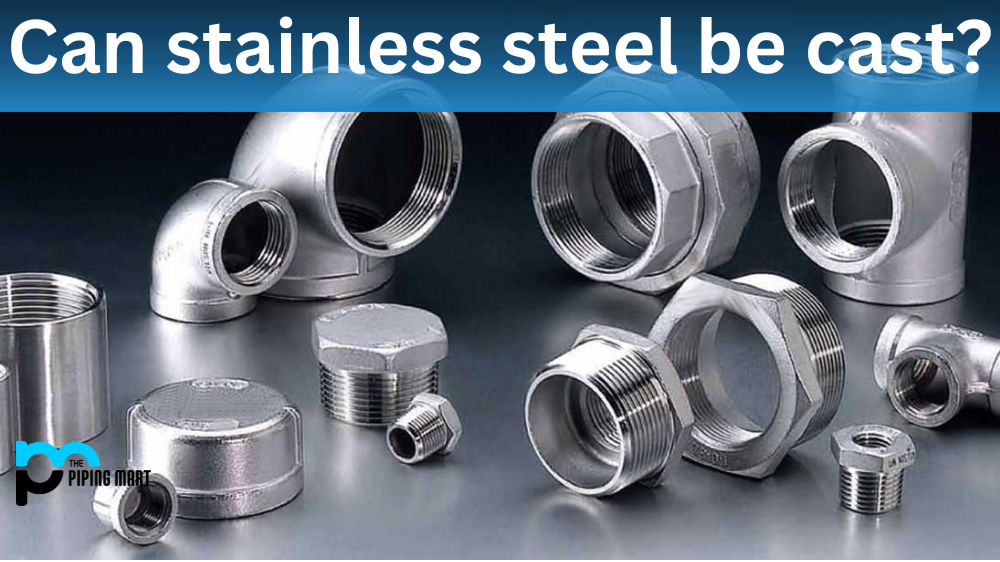Stainless steel is one of the most widely-used materials in modern manufacturing. It is prized for its strength, durability, and resistance to corrosion. But can stainless steel be cast? The answer is yes—but it’s not as simple as just pouring molten metal into a mold. Consider specific considerations if you’re looking to cast stainless steel components. This blog post will look at what you need to know about casting stainless steel.
Mold Design and Preparation
The first step in any casting process is designing and preparing the mold. This is especially important when working with stainless steel because it expands more than other metals when heated. If the mold isn’t designed correctly, the finished product could have an uneven surface or worse; it could crack during cooling due to uneven expansion.
It’s also important to prepare the mold for casting by cleaning it thoroughly and applying a release agent such as graphite or silica sand. This will prevent the metal from sticking to the walls of the mold and make it easier to remove when finished.
Casting Temperature
When casting stainless steel, it’s important to use a temperature that is high enough for complete melting but not so high that it causes damage or oxidation of the material. Generally speaking, most stainless steels should be melted at temperatures between 2200°F (1204°C) and 2400°F (1315°C), depending on their composition. Higher temperatures may be required for higher alloy grades of stainless steel, while lower temperatures may suffice for lower alloy grades such as 304L or 316L.
It’s also important to ensure that there are no impurities present in the melt before pouring into the mold since these can cause defects in the final product, such as porosity or shrinkage cavities. It may be necessary to perform additional steps, such as degassing or chemical treatments, before pouring into your mold.
Conclusion:
Casting stainless steel can be done successfully if done correctly – with careful consideration given to design, preparation of molds, and proper temperature control during melting and pouring into molds – but there are some challenges associated with working with this particular material that must be taken into account before beginning any project involving casting stainless steel components. Following these guidelines will ensure that your project turns out perfectly every time!

Meet Bhavesh, a seasoned blogger with a wealth of knowledge and experience. From metal products manufacturing to retail, Bhavesh has a diverse background in various industries and is dedicated to sharing his insights and expertise with readers.




